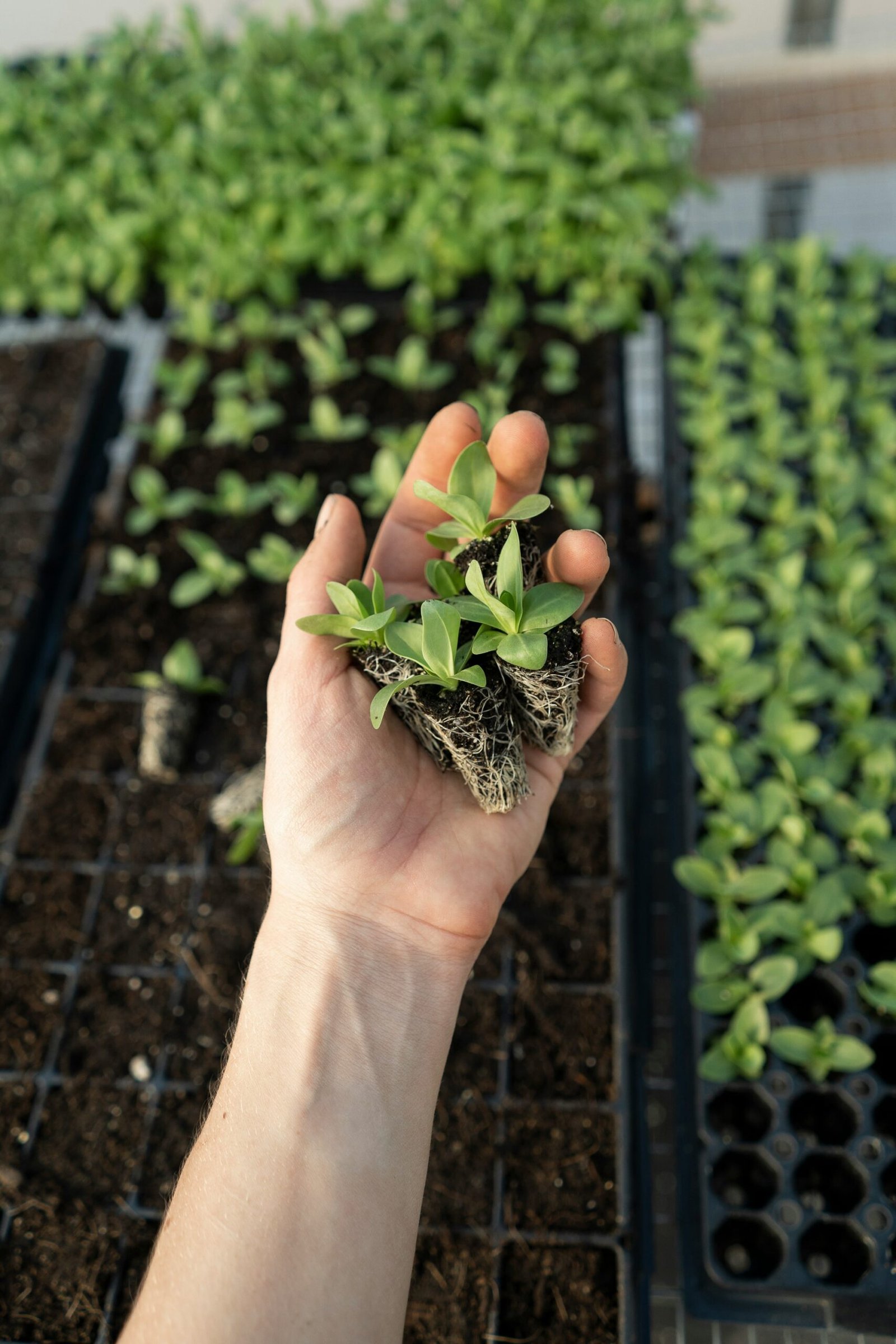Introduction to Experimental Design in Horticulture
Experimental design is a fundamental aspect of horticultural research that enables scientists to systematically test hypotheses and understand the effects of varying factors on plant growth and development. Two widely utilized designs in the field of molecular horticulture are the Completely Randomized Design (CRD) and the Randomized Complete Block Design (RCBD). These designs provide a structured framework to minimize bias and ensure that the results obtained are both reliable and valid.
The Completely Randomized Design involves assigning treatments to experimental units in a random manner, thereby eliminating potential bias that could arise from systematic errors. This design is particularly beneficial when experimental conditions are relatively homogeneous. CRD allows for straightforward analysis and is effective in smaller experiments where the variability between treatments can be adequately evaluated. However, its simplicity may lead to challenges in controlling external factors that could affect the outcomes.
On the other hand, the Randomized Complete Block Design offers enhanced control over variability by grouping similar experimental units into blocks. Treatments are then randomly assigned within each block, which helps to account for any discrepancies among the blocks. Such designs are particularly advantageous in cases where environmental factors may influence the results, as they enable researchers to isolate the effects of treatments more effectively. The use of replication within both CRD and RCBD is crucial; it strengthens the reliability of findings and allows for accurate statistical analysis. Replication allows researchers to repeatedly test treatments across different experimental runs, ultimately leading to more robust conclusions in the complex field of molecular horticulture.
The Importance of Replication in Experimental Design
Replication is a fundamental aspect of experimental design, particularly within the realm of molecular horticulture. At its core, replication refers to the repeated execution of an experiment under identical conditions to ensure that the results obtained are reliable and valid. This process plays a critical role in enhancing the accuracy of research findings, as it allows researchers to confirm that their results are not merely due to chance or variability inherent in individual trials.
One of the primary advantages of replication is its ability to control for variability. In biological studies, factors such as environmental conditions, genetic differences among plants, and measurement error can significantly impact the outcomes. By conducting multiple replicates, researchers can account for these sources of variation, leading to a more comprehensive understanding of the phenomena being studied. This control helps to ensure that observed effects are a true reflection of the experimental conditions rather than random fluctuations.
Furthermore, proper replication facilitates more robust statistical analyses. Statistical methods, such as ANOVA, rely on replicated data to determine the significance of observed differences between treatment groups. With adequate replication, researchers can achieve a higher degree of confidence in their results, which is crucial for drawing practical conclusions and making informed decisions based on the findings. Conversely, a lack of replication can lead to misleading interpretations and potentially erroneous conclusions, undermining the validity of the study.
In conclusion, replication is an essential component of experimental design within molecular horticulture. It enhances the accuracy of findings, controls for variability, and supports rigorous statistical analyses. Therefore, researchers must prioritize the incorporation of adequate replication in their experimental studies to ensure the credibility of their research outcomes.
Understanding Standard Deviation and Standard Error
In the realm of experimental design, particularly in molecular horticulture, understanding statistical measures such as standard deviation (SD) and standard error (SE) is crucial for analyzing and interpreting data effectively. Standard deviation quantifies the amount of variation or dispersion in a set of data values. It is computed using the formula: SD = √(Σ(xi – μ)² / N), where Σ denotes the summation symbol, xi represents each value in the dataset, μ is the mean of the dataset, and N is the number of observations. A smaller SD indicates that the data points are closer to the mean, while a larger SD signifies that they are spread out over a larger range of values.
On the other hand, standard error measures the accuracy with which a sample represents the population and is calculated by dividing the standard deviation by the square root of the sample size: SE = SD / √N. The standard error thus provides insight into the precision of the sample mean as an estimate of the population mean. In molecular horticulture research, where gene expression studies are prevalent, the significance of these metrics becomes clear. For example, when analyzing expression levels of a particular gene across multiple treatments or conditions, a low standard deviation would indicate consistent expression levels, whereas a high standard deviation suggests variability that researchers need to address.
Utilizing both SD and SE allows researchers in molecular horticulture to better interpret gene expression data obtained from genome-wide analysis. By identifying the variability and reliability of experimental results, these statistics play a critical role in validating findings and determining the applicability of the results to broader contexts. Thus, incorporating an understanding of standard deviation and standard error in the analysis ensures that experimental designs yield meaningful insights into plant genetic behaviors and outcomes.
Case Studies: The Application of CRD and RCBD in Gene Expression Studies
The field of molecular horticulture has increasingly adopted rigorous experimental designs such as Completely Randomized Design (CRD) and Randomized Complete Block Design (RCBD) to address complex questions related to gene expression. A notable case study involves the use of CRD in analyzing the impact of various nitrogen levels on the gene expression ofArabidopsis thaliana, a model organism in plant genetics. Researchers randomized the application of differing nitrogen concentrations across multiple samples, which enabled them to assess how variations in nutrient levels influenced the expression of key genes involved in nitrogen assimilation. Their findings revealed significant differences in gene expression correlated with nitrogen availability, underscoring the importance of nutrient management for optimal plant growth.
Similarly, RCBD has proven crucial in a study focused on the transcriptional regulation of stress-responsive genes in tomato (Solanum lycopersicum) plants subjected to drought conditions. By organizing plants into blocks based on their environmental exposure, researchers ensured that variations in external factors were minimized, thereby enhancing the reliability of the results. The design allowed for a more nuanced understanding of gene expression patterns, showing that specific genes were upregulated in response to water stress. This understanding is pivotal for breeding programs aimed at improving drought resistance in crops, demonstrating how rigorous experimental designs underpin advancements in molecular genetics.
These case studies illustrate the broader implications of employing CRD and RCBD in gene expression studies within molecular horticulture. The meticulous approach to experimental design not only enhances the credibility of research findings but also facilitates significant advancements in crop improvement strategies. Ultimately, the adoption of such systematic methodologies has the potential to transform contemporary horticultural practices, paving the way for sustainably engineered crops that can thrive in challenging environmental conditions.






